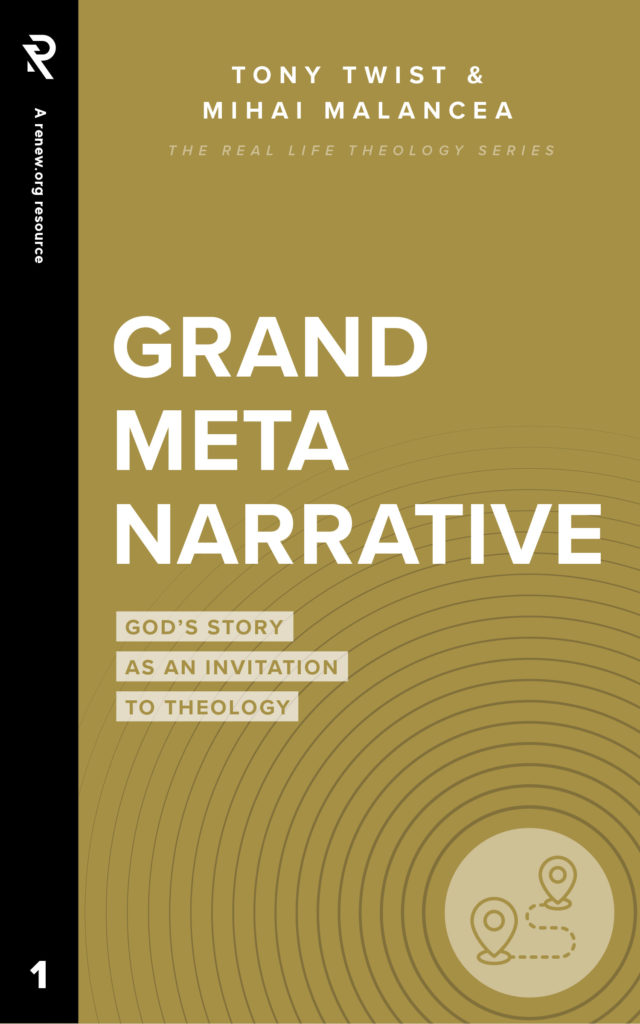
Storytelling: Tips on Writing Stories in Layers
Continuing her series on storytelling and the Bible, author Taffeta Chime gives tips on writing stories in layers. There are three layers to keep in mind when crafting a story: the shallow story, the applicable story, and the crafted story. Other articles in this series include “Why Storytelling Is Important to the Life of a Christian,” “How to Create Good Characters,” “What Are the Conflicts in a Story?” “What Metaphor Means,” and “How to Share Stories for a Particular Audience.”
In the first part of this series, when examining why we do—and should—tell stories, I mentioned several different storytelling experiences. There are obviously differences in the stories we tell; the way my husband tells me about what he did at work is vastly different than the way Cervantes crafted Don Quixote. Different stories require different skills and tools, but stories are all important because they all form connections between us. The extent to which we use our storytelling skills is based on the purpose for telling the story. Is it to relay information? To form an emotional bond? To examine history? To compare or contrast? To educate? Inform? Inspire? Or a combination of some or all of these?
Shallow Stories
I would argue that there are three main layers of storytelling that differentiate stories from the rest of literature. The first is what I would call shallow stories. These are stories that relay events for clarification in communication or for mere entertainment. In talking about your day, catching up with an old friend, or telling someone about yourself, there is no real depth to the story. It is just to share. And there’s no problem with that; sometimes all you want is to know what happened from Point A to Point B, with maybe some laughs or tears in between.
Applicable Stories
The second level of storytelling is a bit more involved and is what I would call applicable stories. In telling the applicable story, there are more details given (perhaps through metaphor or example) that provide the audience something to think about more deeply. When considering these stories, most people probably think of something like Aesop’s fables or even the parables of religious teachers like Jesus, because these are pretty explicitly pedagogic. But applicable stories don’t have to be instructive; the message may be simply to think about an experience different from your own. These stories can be enjoyed just as shallow stories can—even without knowing the deeper meaning, but the deeper meaning within applicable stories lasts with the reader for longer.
Crafted Stories
Stories which I would call crafted stories are the deepest and hardest to compose because they use the forms of storytelling to tell about the story. They tell stories in their composition as well as in their plot. Most often, this refers to the language usage in the story, like diction, syntax, plot structure, etc. and how those can affect the story itself. In poetry, the use of particular sounds, forms, images, and connotations can bring up certain emotions that the writer wants the audience to experience. In longer works of fiction, maybe the structure of the plot or the use of side stories can help reinforce important aspects, for example, of the main conflict or narrative arc.
Other means of storytelling can take advantage of outside elements to reinforce the story itself: If you’re telling your story orally, the performative qualities of your voice and body movements can reiterate elements of the story. In stories alongside music (movies, TV, musicals, etc.) or in stories with visual elements (illustrations, animation, camera work, etc.), the form and craft of those can also emphasize aspects of the story too.
A good storyteller can craft any and all of these levels of storytelling and know when to do so. It takes a great deal of knowledge, practice, discipline, and the ability to “read the room” to be able to do this, and even then, it doesn’t always come naturally. (No doubt you’ve heard of “writer’s block.”) But one of the amazing things about the writing of the Bible is that it is all of these levels of literature—in nearly every word. And as a writer, that’s one way I know the Bible was not written by people alone.
Example of the 3 Layers: “Flowers of Lebanon”
My first article for Renew.org was a story called “Flowers of Lebanon” about Tira, a Syrian refugee living in Lebanon. This story was inspired by true events (which the first few paragraphs explain), but I obviously took some artistic liberties to build a unique experience. The shallow story tells how Tira came to Lebanon, what happened to her husband, what her life was like in Syria before, and how she learns to find joy through watching her children play.
The applicable story is in the details: how Tira is scared to leave her children alone, how she feels conflicted taking help from foreign aid (and the assistance but awkwardness of the foreigner’s donations and dialogue), how the children are always associated with playing and laughing even though they share their mother’s pain, etc. This is primarily a piece to help readers understand the humanity of refugees, but it is also a piece to share how to find joy in trying times.
“The crafted story has several details in composition to echo the theme.”
The applicable story shows how to find joy in trying times, and the crafted story has several details in composition to echo that same theme. There is intentionally little dialogue because I imagine Tira is quiet and often lost in thought and memory. Obviously, plants and children are two of the main symbols, but the use of color is also important. There is the contrast between Tira’s vineyard—filled with green and colorful flowers and produce—and the refugee camp, which is brown and grey. When she gets food, one of the things she’s struck by is the color in her basket. And by the end of the story, there is a small pop of color in her colorless situation, representing the little bit of happiness that is returning to her life.
In the paragraph that describes her life in Syria, the sentences are a bit longer, and there are more descriptive words with positive connotations. By the end of the paragraph, when her mind comes back to reality, there are short, repetitive phrases that parallel Tira’s repetitive thoughts. There is also a key sentence that shows the connection between the children’s joy and the role of plants in Tira’s life: “She thought it was a wonderful balance, to care for the plants and have them care for you with their nourishing offspring.” Just as Tira took care of her plants and her plants took care of her, she also took care of her children, who were now helping her.
Biblical Example of the 3 Layers: “I Am”
The stories of the Bible can be told at a shallow level; we tell even our youngest children, for example, about Jesus saying “‘Before Abraham was, I Am!’” in John 8, and they can understand that the Jewish leaders were upset by this because Jesus was claiming to be around forever, as some kind of higher being.
But as we dig deeper, we can know the deeper layers of the applicable story—that Jesus was referring to God’s statement to Moses when He identified Himself as “I Am,” therefore claiming to have ties not only to Abraham but also to Moses—even identifying with the same name God Himself used.
“I Am shows past, present, and future, defining Jesus’ eternal quality.”
And still deeper in the crafted story, if we look at the phrase translated “I Am,” even in English, this shows past, present, and future, defining Jesus’ eternal quality. Still deeper, when we look at the word in Hebrew, the word YHWH is just breath sounds, showing that the self-proclaimed name of God—and Jesus, by His statement in John 8—can be found in breath itself. With every breath of every creature over all time, the name of God and Jesus is being spoken.
Conclusion
This is just one example, but you can take just about every part of the Bible and see multiple layers of storytelling. We can simply enjoy the stories and come to understand God through seeing the narrative unfold. We can dig a little deeper and understand more through the applications, the references, the prophecies, the cultural implications, the depth of characterizations, etc. And we can spend our whole lives learning more and more—even through generations of study—and still come to know God more and more, never fully understanding Him. From looking at the entire story of the Bible to looking just at one word, each bit tells layers and layers of stories to help us connect closer and closer to God.









